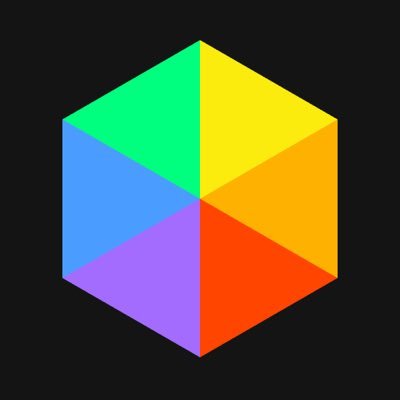Ethereum is still the home of builders.
And we can add more context to that.
@ElectricCapital ’s 2025 Developer Report shows that 16,181 new developers made their first commit in the Ethereum ecosystem this year ( 40% more than Solana and more than double Bitcoin).
Routescan can explain why this dominance persists and what happens onchain as result:
Ethereum doesn’t stop at L1, it includes all rollups and modular extensions that depend on it for security, from @base and @Optimism to @zora, @modenetwork , @LineaBuild , and beyond, and this modular sprawl is not fragmentation.
Every rollup adds new surface area for developers to experiment while inheriting Ethereum’s security and tooling stack. Ethereum doesn’t compete with its L2s. It scales through them.
🔭 What we see onchain — Routescan data
When we look at verified contract growth across ecosystems, the pattern mirrors developer inflow almost perfectly:
🥇 Greater Ethereum → 1,155,200
🥈 Optimism Superchain → 951,536
🥉 Nomina → 794,543
▫️ Avalanche → 599,697
In total, over 3.5 million verified smart contracts are now deployed across the extended Ethereum universe, and that number has accelerated sharply in 2025, coinciding with the same period of developer growth shown by Electric Capital.
It is also worth noting that the Superchain, which now counts nearly one million verified contracts, is not external to Ethereum, but part of it.
The OP Stack and its rollup network are built directly atop Ethereum’s security guarantees, and all contract verification data ultimately anchors to the same base layer. In Routescan’s classification, the Superchain can therefore be considered a subset of the Greater Ethereum ecosystem, rather than a separate competitor.
From another perspective the onchain layer confirms what GitHub already hinted: the Ethereum stack isn’t just attracting new devs, it's retaining more devs through deployable innovation. One of the sustained acceleration in verified contracts, happened especially after the Dencun upgrade.
A network effect in observability: the more rollups and L2s connect to Ethereum, the more developers converge on shared standards (EVM, Solidity, verification pipelines).
The innovation compounds behind the Ethereum stack:
- Each new L2 adds composability.
- Each verified contract adds clarity.
- Each developer adds a multiplier to both.


3.76K
4
The content on this page is provided by third parties. Unless otherwise stated, OKX is not the author of the cited article(s) and does not claim any copyright in the materials. The content is provided for informational purposes only and does not represent the views of OKX. It is not intended to be an endorsement of any kind and should not be considered investment advice or a solicitation to buy or sell digital assets. To the extent generative AI is utilized to provide summaries or other information, such AI generated content may be inaccurate or inconsistent. Please read the linked article for more details and information. OKX is not responsible for content hosted on third party sites. Digital asset holdings, including stablecoins and NFTs, involve a high degree of risk and can fluctuate greatly. You should carefully consider whether trading or holding digital assets is suitable for you in light of your financial condition.



